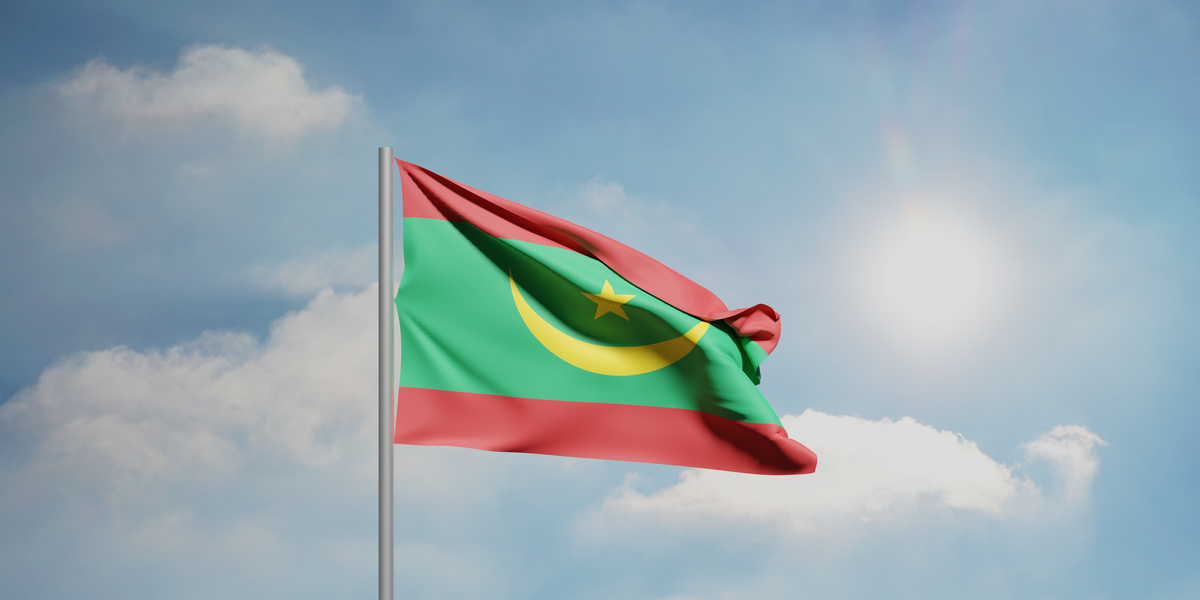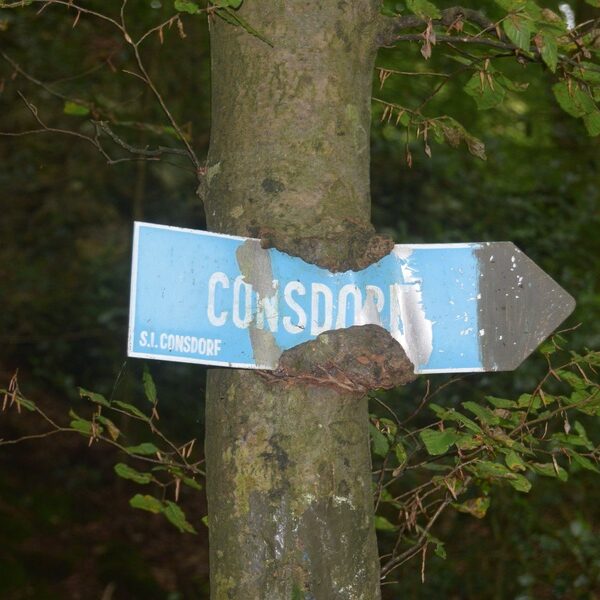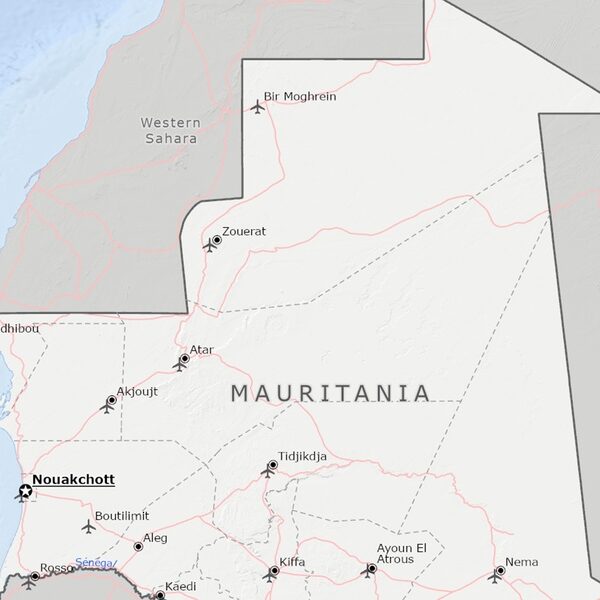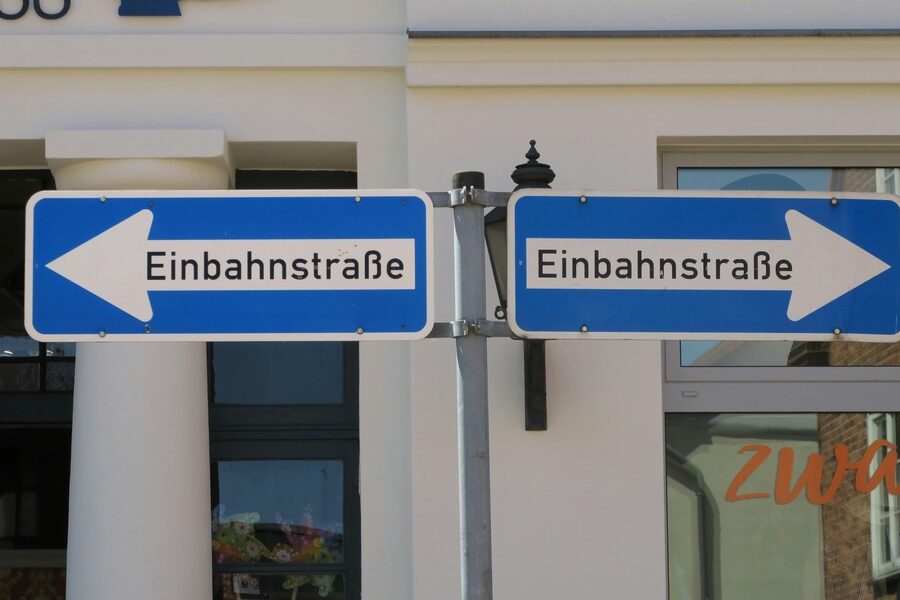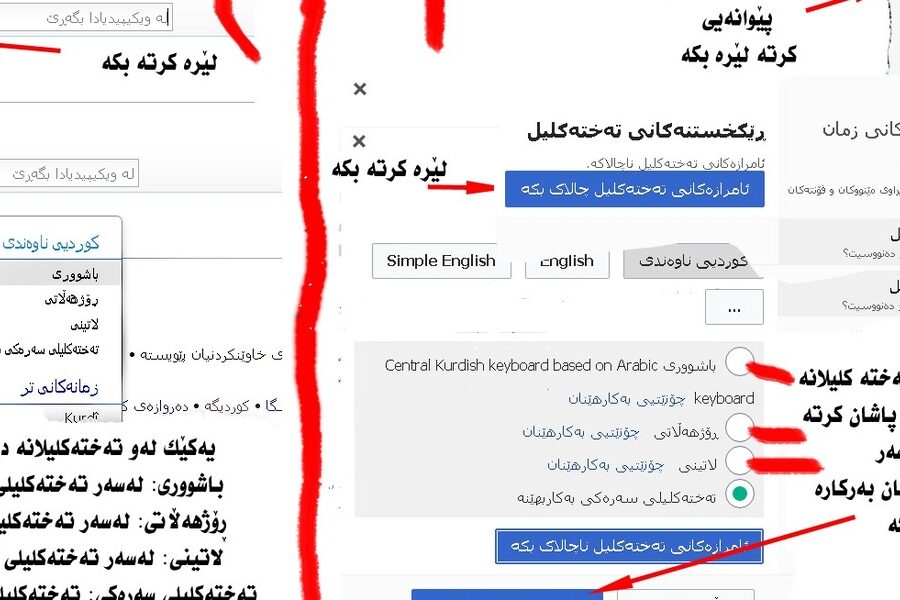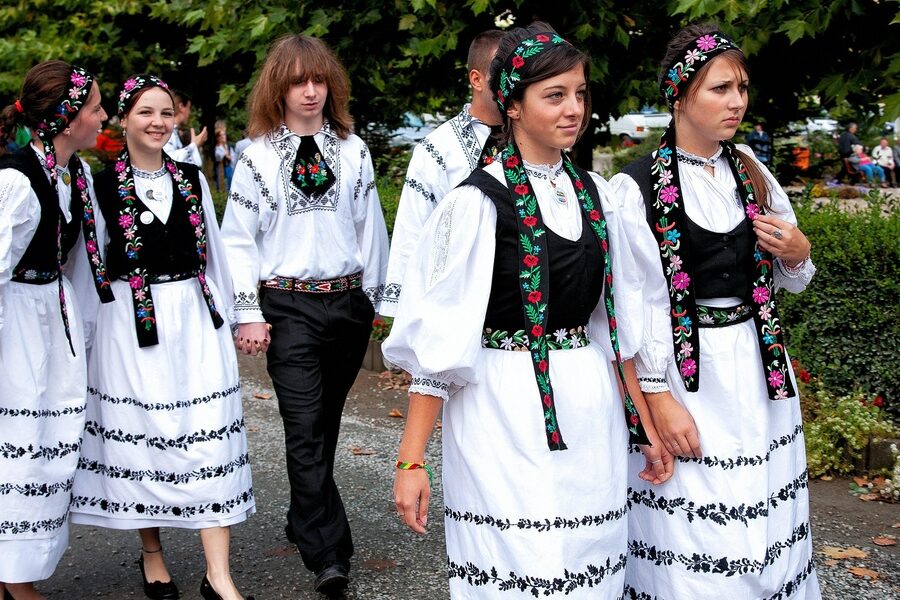Mauritania sits where the Sahara meets the Senegal River, and its communities reflect that crossroads: coastal, desert and riverine groups each use different languages shaped by trade, migration and history. The result is a patchwork of tongues spoken in towns and nomadic camps alike.
There are 10 Languages Spoken in Mauritania, ranging from Berber (Amazigh) to Zenaga. For each entry you’ll find below the organized data columns Status,Speakers (%),Regions to show which are official, widely spoken or endangered — you’ll find below.
Which language is used officially and in daily life across Mauritania?
Modern Standard Arabic is the official language, while Hassaniya Arabic is the dominant spoken variety across much of the country; French remains important in administration, higher education and business. Local languages like Pulaar, Soninke and Wolof are regionally important and used in community life and markets.
Are any of Mauritania’s languages endangered and how can I spot that?
Yes — a few smaller languages, notably Zenaga, have very small speaker communities and limited geographic spread; signs of endangerment include low speaker percentages, lack of intergenerational transmission and replacement by Arabic or dominant regional languages, which you can see in the Status and Speakers (%) columns below.
Languages Spoken in Mauritania
| Language | Status | Speakers (%) | Regions |
|---|---|---|---|
| Hassaniya Arabic | lingua franca | 80.0% | Nationwide; Nouakchott, Nouadhibou, river valley |
| Modern Standard Arabic | Official | 30.0% | Used nationwide in schools, government, media |
| Pulaar | National | 7.0% | Brakna, Gorgol, Guidimaka, southern regions |
| Soninke | National | 4.0% | Gorgol, Brakna, Senegal River valley |
| Wolof | National | 2.5% | Southern border towns, Nouakchott |
| Berber (Amazigh) | National | 2.3% | Adrar, Hodh regions, southwest |
| Tamasheq | Minority | 1.8% | Adrar, Tagant, northern desert communities |
| Zenaga | Minority | 0.2% | Southwest desert, Senegal River fringe |
| French | de facto | 30.0% | Urban centers; administration, education, media |
| English | Minority | 1.0% | Urban schools, private sector, youth groups |
Images and Descriptions
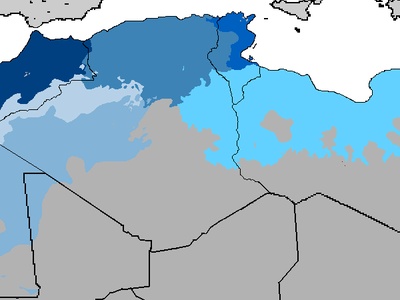
Hassaniya Arabic
Hassaniya is the everyday Arabic variety spoken by Mauritania’s Moor majority and used as the common lingua franca. It shapes national identity, varies regionally, and is distinct from Modern Standard Arabic in speech and vocabulary. (Ethnologue, CIA Factbook)
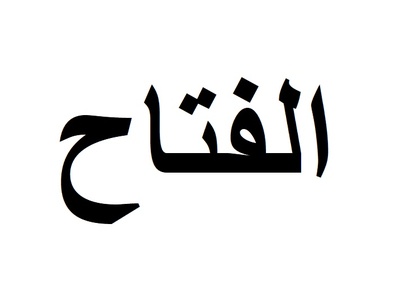
Modern Standard Arabic
Modern Standard Arabic is Mauritania’s official written and formal language used in education, law, and media. Many understand it from schooling and religious study, but it is rarely a mother tongue in daily life. (Constitution, UNESCO)
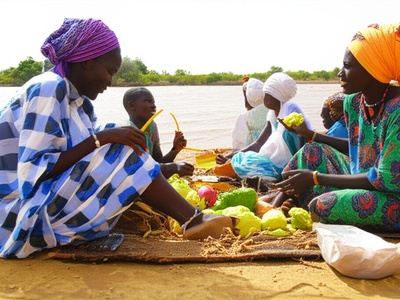
Pulaar
Pulaar (Fula) is spoken by the Fula community in southern Mauritania and along the Senegal River. It’s a recognized national language with strong rural and cultural presence, used in local trade, farming communities, and oral tradition.
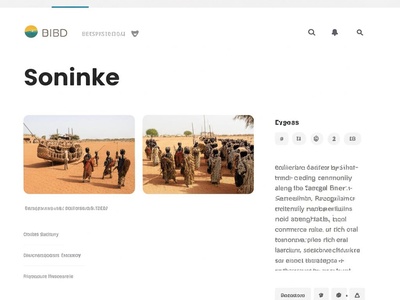
Soninke
Soninke is spoken by a historic trading community along the Senegal River. Recognized nationally, Soninke maintains rural strongholds, local commerce roles, and rich oral literature; speakers often bilingual in national or regional languages.
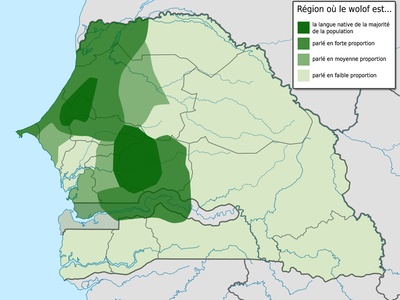
Wolof
Wolof is a national language mainly spoken by communities near Senegal and in some urban neighborhoods. It serves social and cross-border communication roles and is present in markets and informal urban networks.
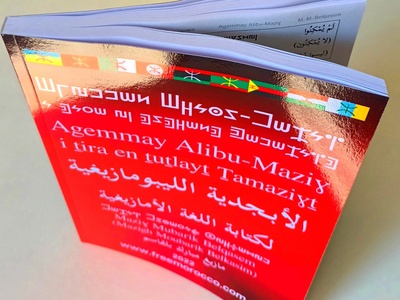
Berber (Amazigh)
“Berber” is recognized nationally as Amazigh and covers small indigenous communities in Mauritania (notably Zenaga and Tuareg varieties). Its overall speaker base is limited but culturally and politically significant. (Constitution)
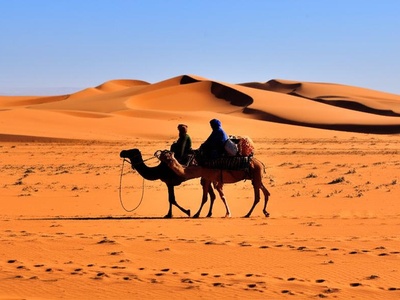
Tamasheq
Tamasheq (Tuareg) is a Berber language spoken by Tuareg groups in northern and central desert areas. It preserves Tuareg cultural traditions and is used in nomadic and oasis communities, with cross-border ties to Mali and Algeria.
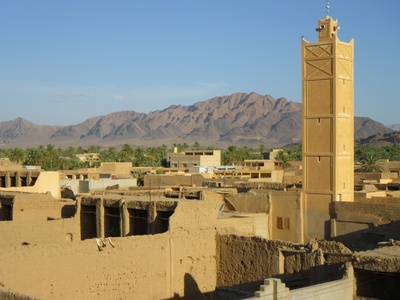
Zenaga
Zenaga is an endangered Berber language spoken by a tiny population in southwestern Mauritania and riverine communities. It has strong historical roots but very few speakers remain; cultural preservation is a concern. (UNESCO)
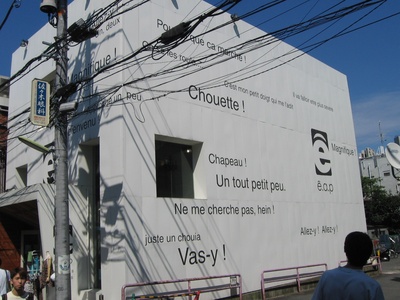
French
French remains a widely used de facto language in administration, higher education, business, and media, especially in cities. Many educated Mauritanians use French alongside Arabic and national languages for formal and professional contexts.
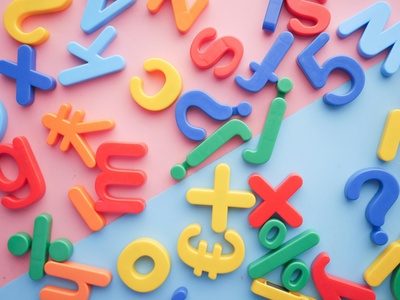
English
English is a growing but still minor presence, taught in schools and used by some young urban professionals and international businesses. Usage is expanding through education and media but remains limited compared with French and Arabic.

